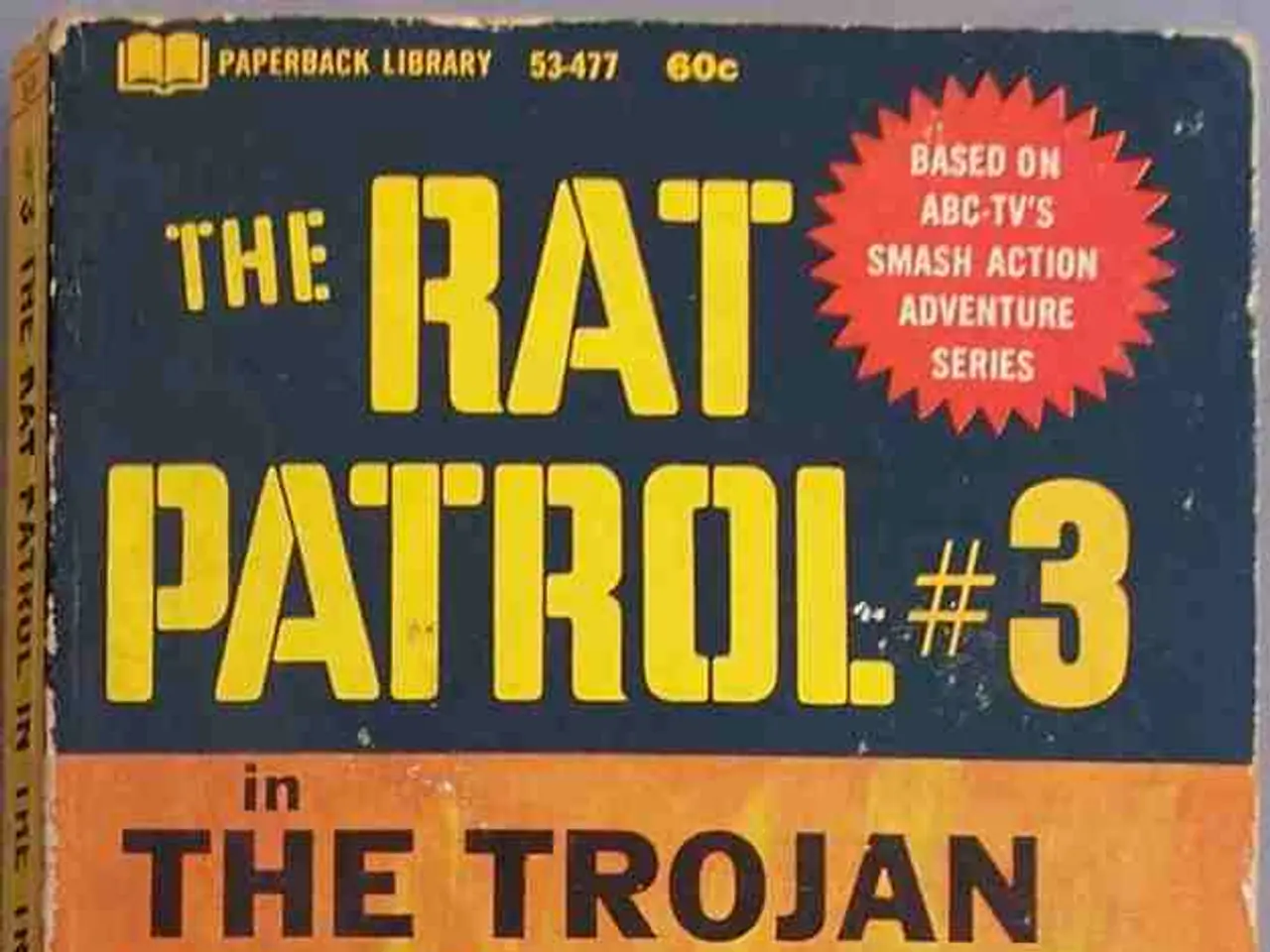Last combat in Imst district concluded on May 5th, 1945
In the final stages of World War II, the Imst district in Tyrol, Austria, witnessed intense fighting between the German 19th Army and advancing Allied forces, particularly the US 44th Infantry Division.
On May 4th, the 19th Army, led by General Erich Brandenberger, fought against the 44th Infantry Division in the Imst district. Despite the destruction of roads and bridges, and fierce resistance, the 19th Army managed to advance into the south of Imst and occupy Mils. The fighting resulted in several houses in the districts of Imsterau catching fire from the impact of the shells, and it is reported that two children were among the civilian casualties.
Despite civilians in Imsterberg urging the local Wehrmacht commander to surrender, he insisted on continuing the fight. Tragically, on the same day, he was killed, and the Wehrmacht soldiers abandoned their position.
The following day, on May 5th, the generals of the 19th Army, stationed in Prutz, finally showed readiness to surrender. The exact circumstances of this event are not specified. It is worth noting that the collapse of German Alpine defenses was underway, and such surrenders were not uncommon.
The 44th Infantry Division, active in southern Germany and Austria, participated in the final drives into the Alps region, encountering German forces such as the 19th Army. The surrender of the 19th Army in the Imst district likely occurred amidst this general collapse, sometimes involving encirclement or negotiated surrender to prevent further civilian casualties.
Detailed, sourced accounts of the surrender, the 44th Infantry Division’s role, and civilian impact in Imst and Imsterau during World War II can be found in dedicated military history records, unit after-action reports, or regional histories. Consulting these resources would provide a more precise understanding of the events that transpired.
A photograph shows burned-out buildings in a district of Imsterau, serving as a poignant reminder of the devastation caused by the conflict. The exact number of civilian casualties in Imsterau might have been higher, though specific documented figures and detailed events are not readily available without specialized military archives or secondary histories focusing explicitly on this region and unit actions.
- In the aftermath of the intense fighting between the 19th Army and the 44th Infantry Division, political negotiations likely took place regarding the surrender of the German forces in the Imst district, given the widespread destruction and high number of civilian casualties.
- The surrender of the 19th Army in the Imst district during the final stages of World War II was possibly influenced by war-and-conflicts events, such as encirclement and the general collapse of German Alpine defenses, as well as the desire to reduce further civilian casualties, which were reported even in districts like Imsterau.








